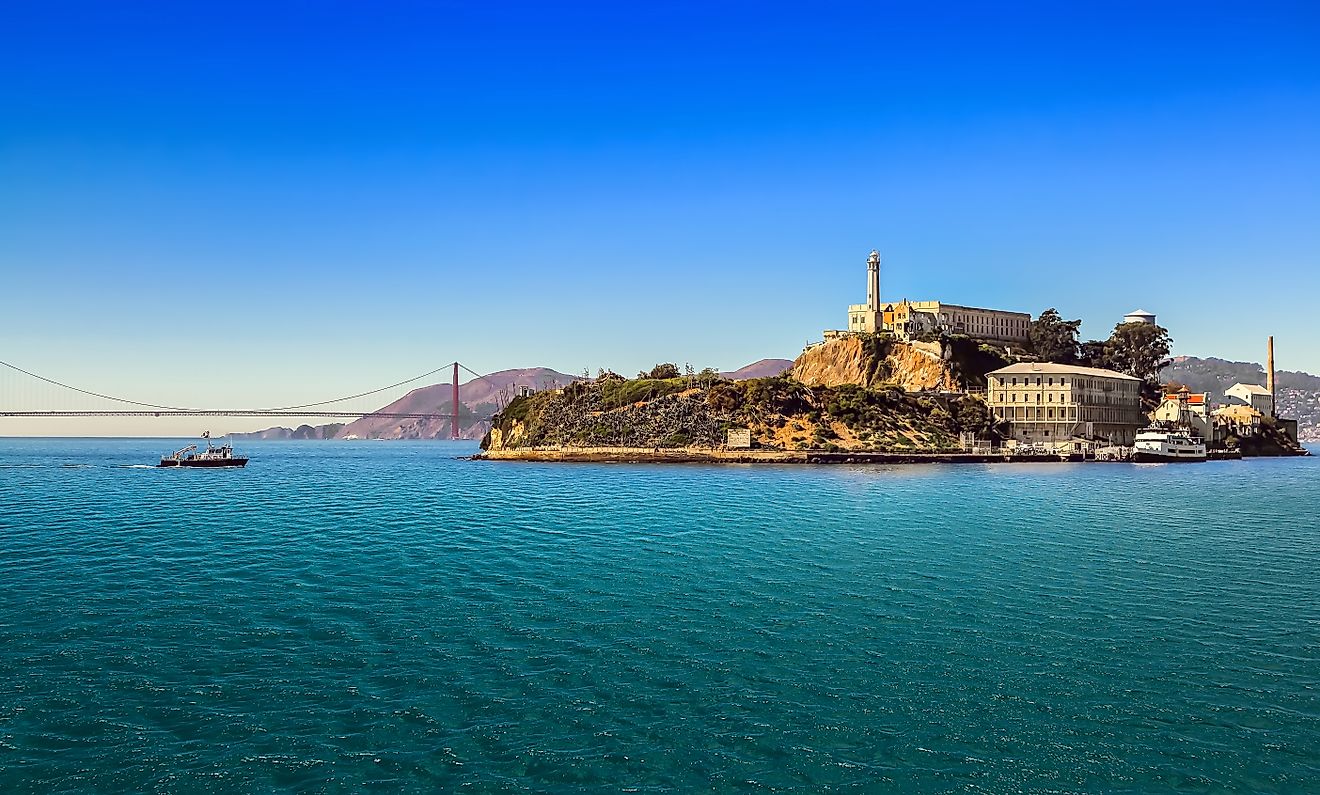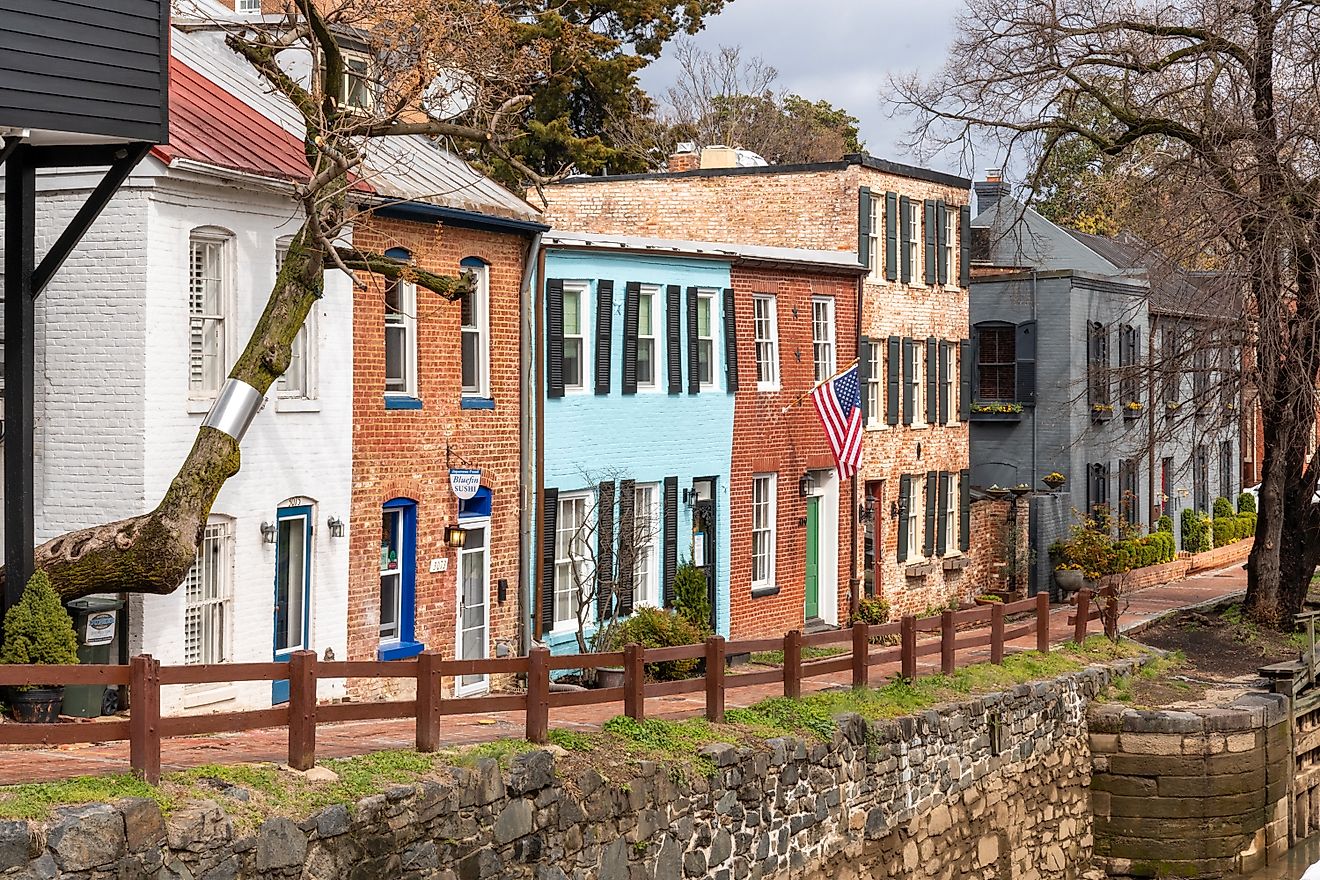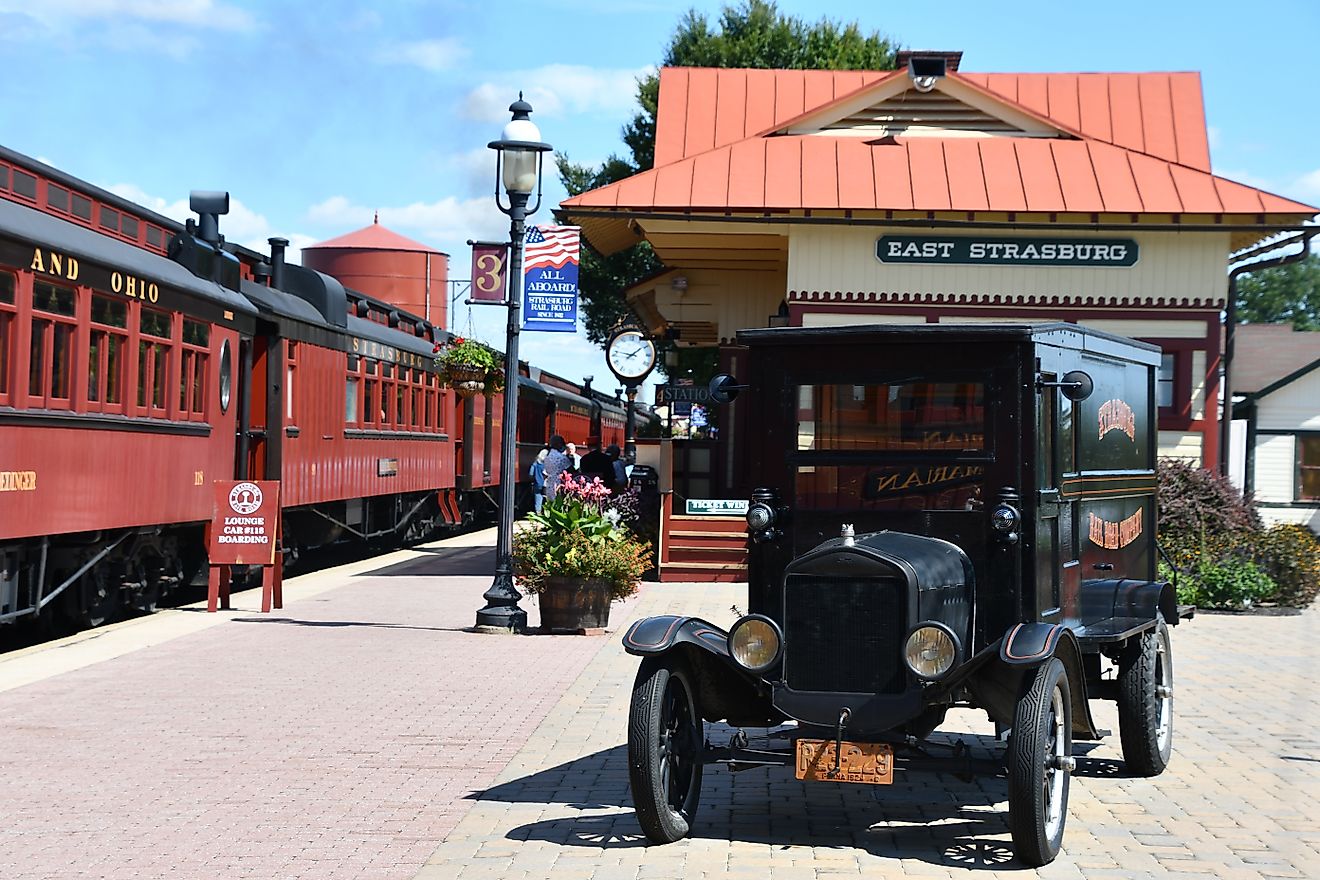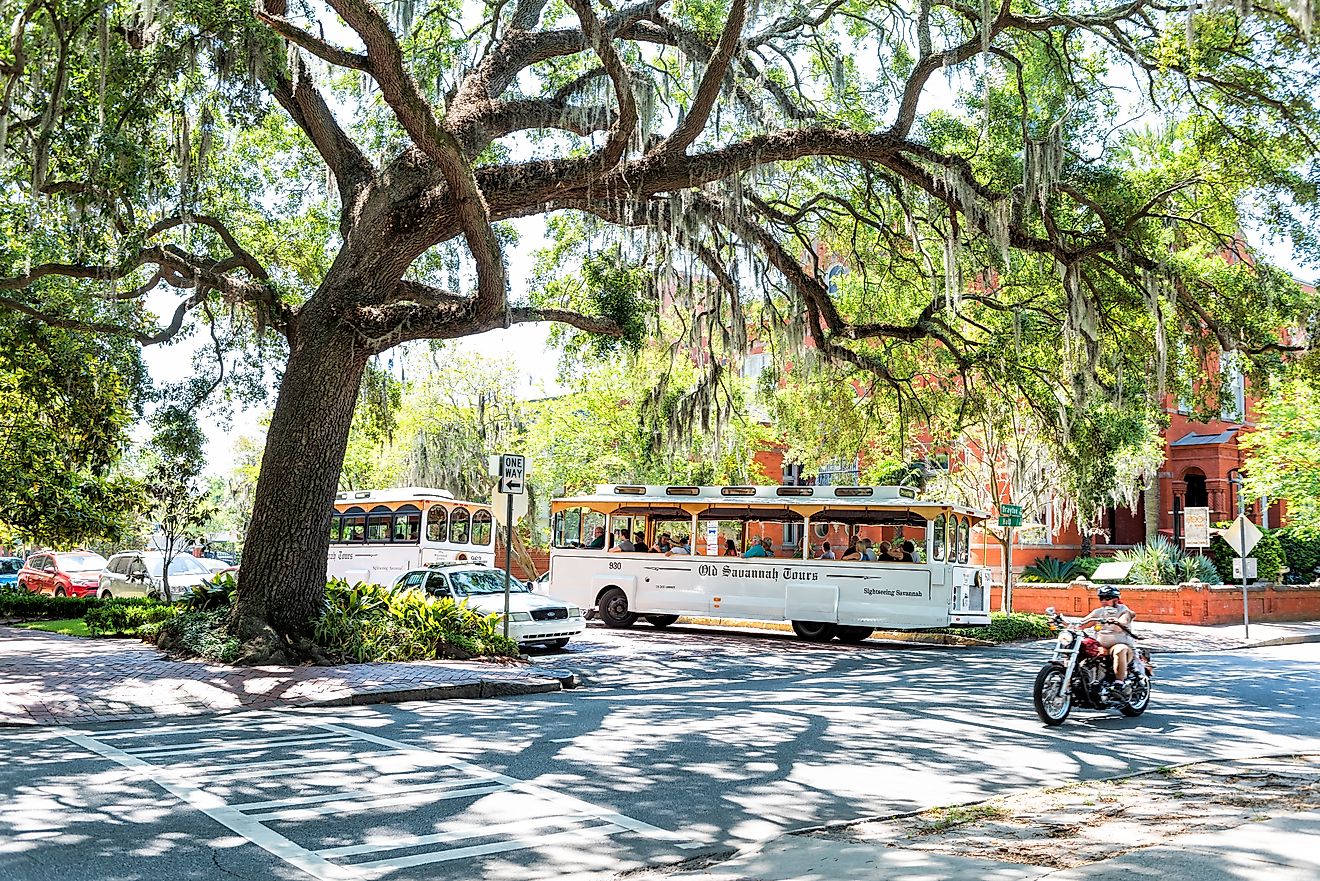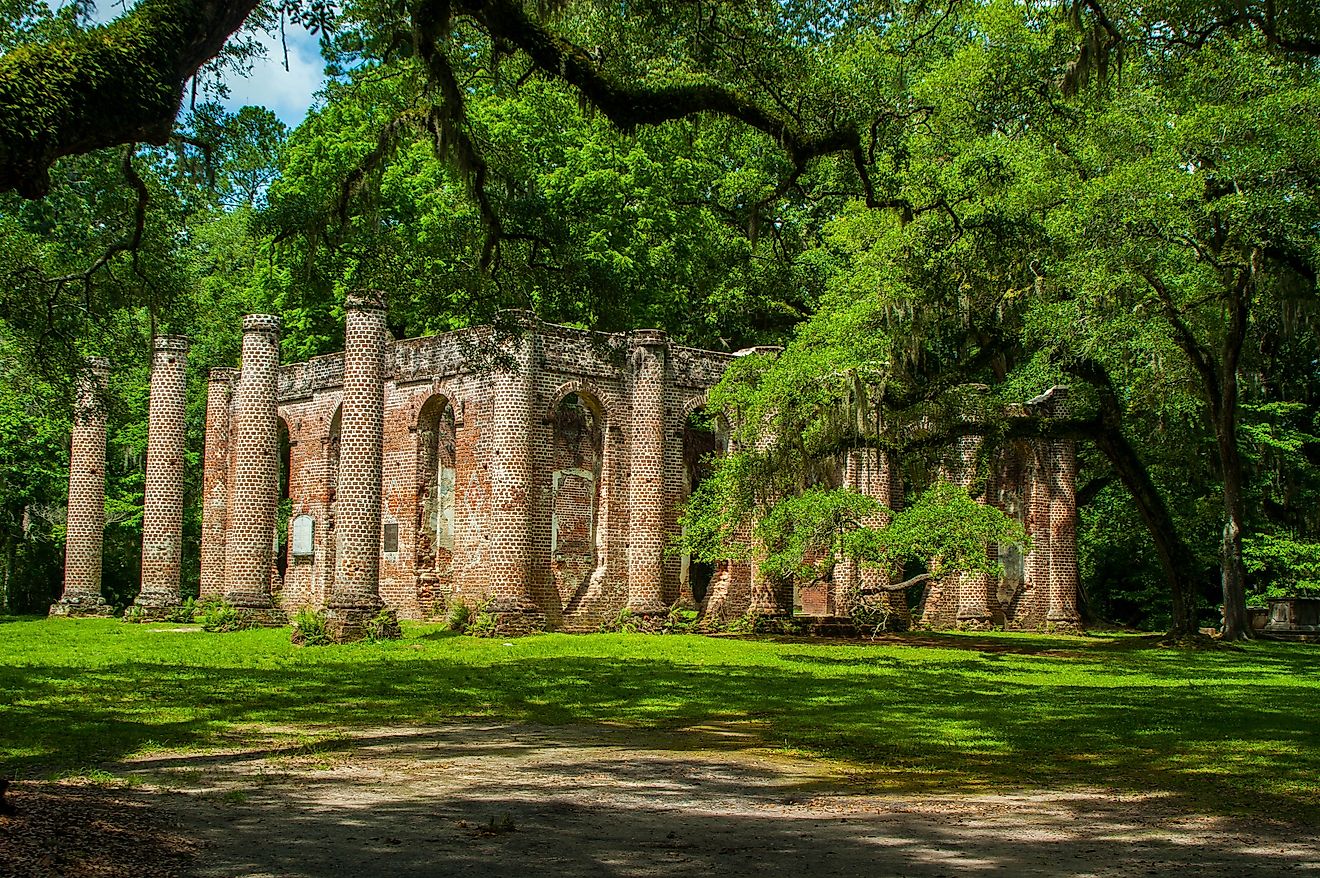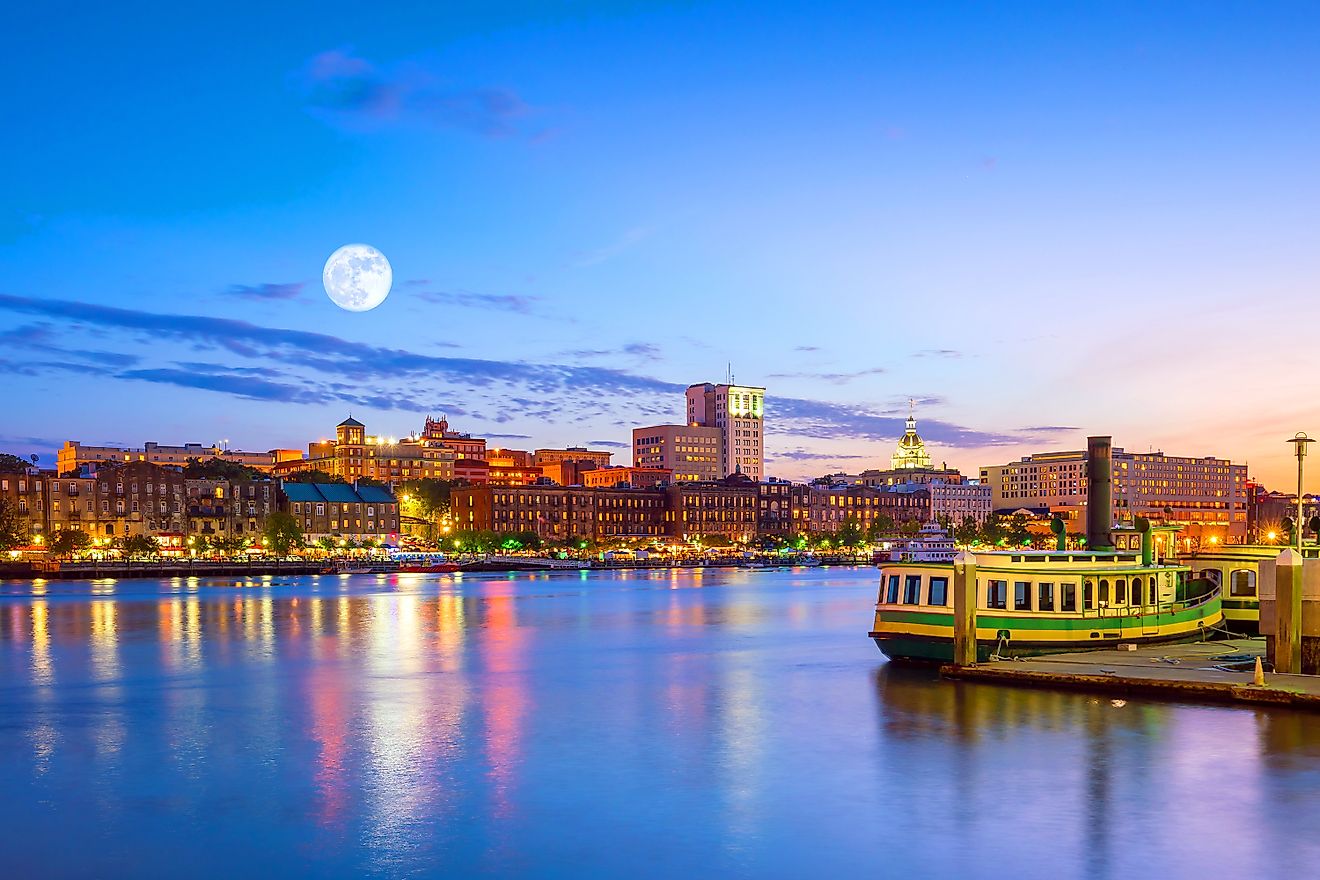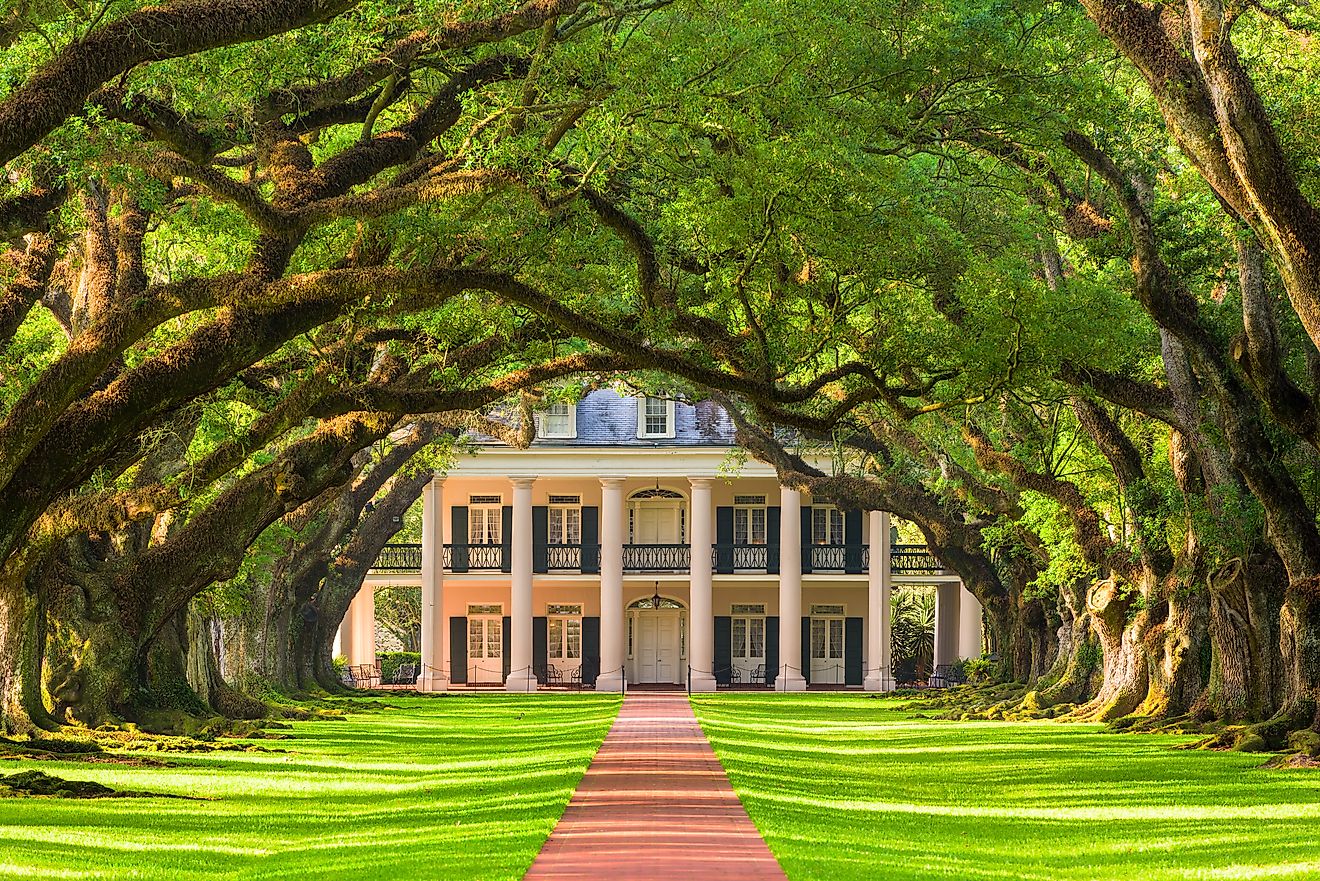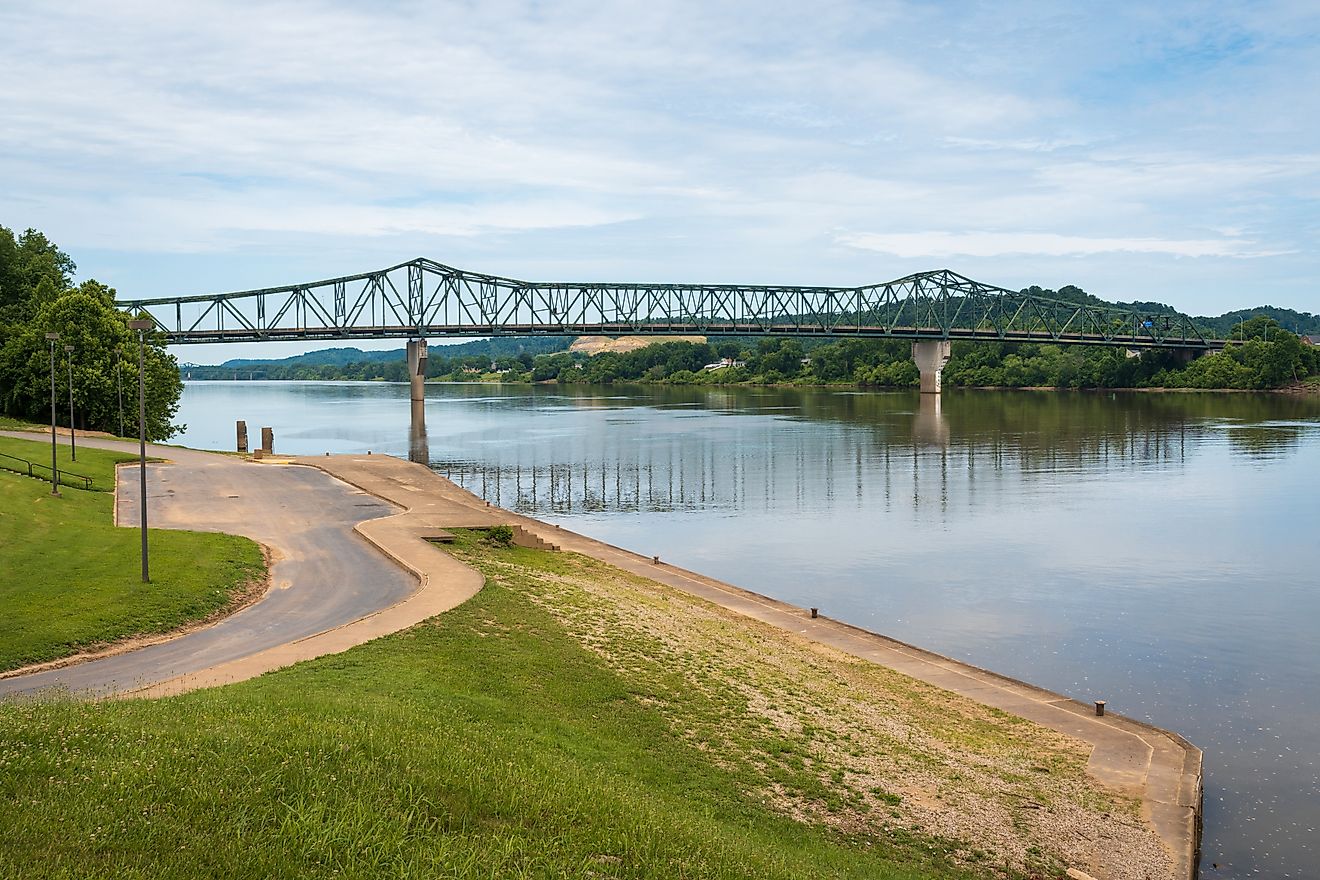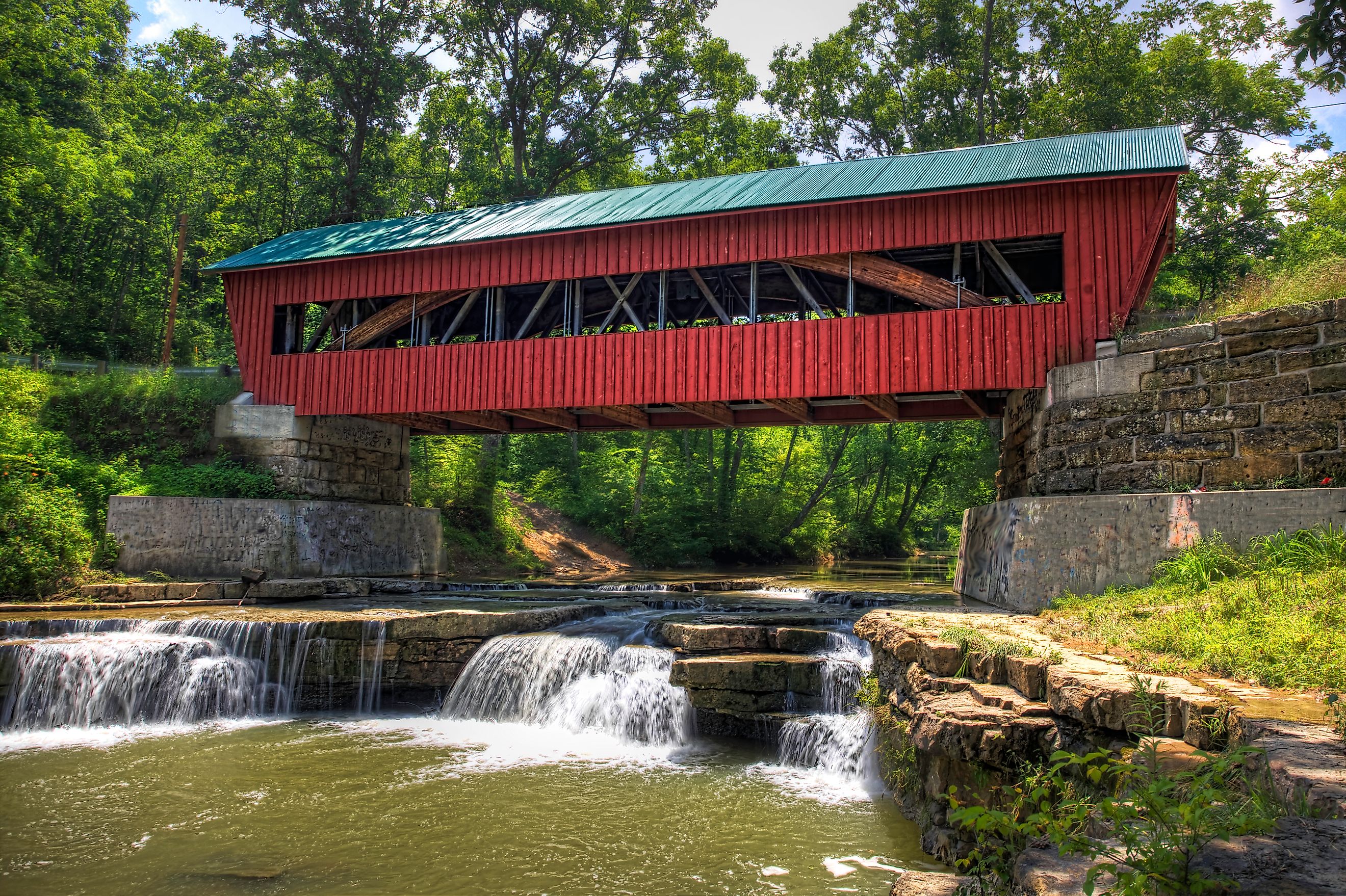
A Trip Through Ohio's Historic Covered Bridges
In a state known for rust belt cities, Amish country, and river valleys, Ohio also claims one of the most extensive collections of historic covered bridges in the nation. With over 125 covered bridges still standing, these wooden spans offer a tangible connection to the 19th century, when timber trusses crisscrossed the Midwest to support the region’s growing transportation network.
Covered bridges weren’t just built for aesthetics. Their wooden frames were protected from the elements by roofs and siding, extending their lifespan far beyond that of exposed timber bridges. Many used locally sourced wood and hand-cut joints, assembled without modern tools or fasteners. The craftsmanship varies by region, but the bridges are often defined by signature truss designs that remain intact to this day.
Each bridge tells a story about local industry, regional engineering preferences, and the changing face of transportation. These bridges stand out for their size, history, architecture, and striking visual appeal.
Smolen-Gulf Covered Bridge
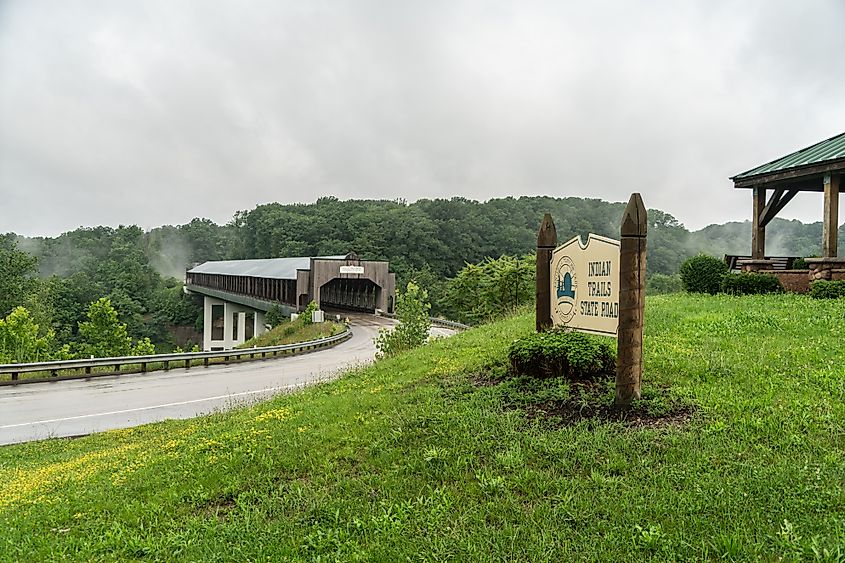
Location: Ashtabula County
Built: 2008
Length: 613 feet
Architecture: Pratt truss design
Towering over the Ashtabula River in northeastern Ohio, the Smolen-Gulf Covered Bridge is the longest covered bridge in the United States. Built using the Pratt truss system, a 19th-century engineering design that relies on diagonal and vertical members to evenly distribute weight, this bridge is both a modern structure and a tribute to traditional methods.
Though completed in 2008, Smolen-Gulf fits seamlessly with the region’s older wooden bridges. Whitewashed and windowed, it’s built to handle modern vehicle traffic while honoring a style once used to span narrow rivers throughout the Midwest.
Autumn is particularly scenic here, when the surrounding forest explodes with color. Just below, a pedestrian bridge offers a second view of the structure from river level, providing photographers with one of the best vantage points in the state.
Bridge of Dreams
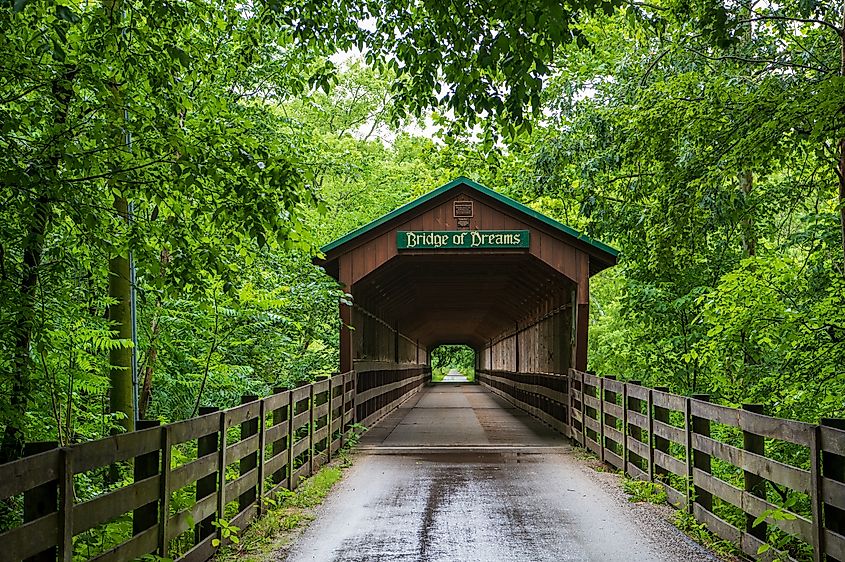
Location: Knox County
Built: Originally 1920s, converted in 1998
Length: 370 feet
Architecture: Town lattice truss
The Bridge of Dreams, located near the village of Brinkhaven, is the second-longest covered bridge in Ohio. Originally constructed in the 1920s as a railroad trestle, it was converted to a covered bridge in the 1990s using a Town lattice truss, a design known for its crisscrossed wooden pattern and ease of assembly without metal components.
The bridge now serves as part of the Mohican Valley Trail, connecting cyclists, hikers, and equestrians to the nearby Mohican State Park. Named for the ambitious effort to transform a decaying structure into a community landmark, the Bridge of Dreams stands as a successful blend of restoration and innovation.
Set against the scenic backdrop of the Mohican River, this long, enclosed span has become a destination for nature lovers and photographers, particularly when early morning mist rises from the water.
Harpersfield Covered Bridge
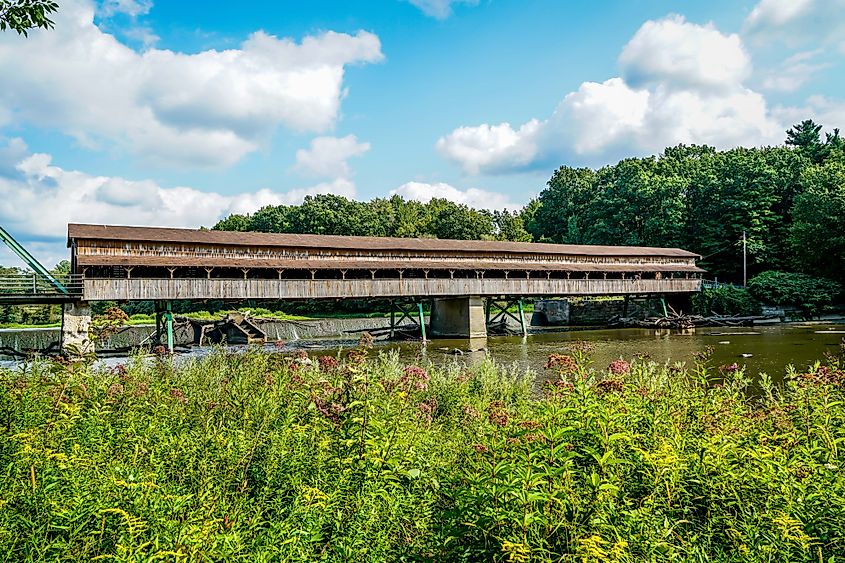
Location: Ashtabula County
Built: 1868 (steel extension added in 1913)
Length: 228 feet
Architecture: Howe truss with steel span
Built in 1868 and partially reconstructed after the Great Flood of 1913, the Harpersfield Covered Bridge is one of the few surviving Howe truss bridges in Ohio. This truss style uses vertical iron rods and diagonal wooden members, creating a strong frame that was popular for railroads and longer spans in the late 1800s.
The bridge spans the Grand River and features a steel extension on one end, added after floodwaters destroyed part of the original structure. Its combination of wood and metal creates a unique hybrid look that reflects its long history of adaptation.
Located within Harpersfield Covered Bridge Metropark, the bridge is still open to vehicles and sits beside a scenic picnic area and walking trails. Its weathered wood, rugged truss system, and backdrop of flowing water and forest make it a popular spot for photographers and fall color drives.
Swartz Covered Bridge
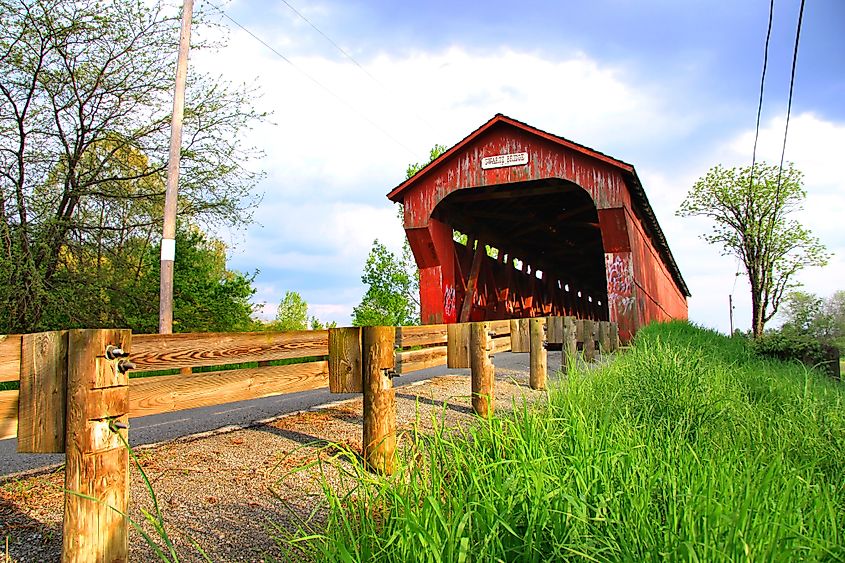
Location: Wyandot County
Built: 1880
Length: 92 feet
Architecture: Smith truss
Located on a quiet country road north of Wyandot, the Swartz Covered Bridge is one of the few remaining examples of a Smith truss in Ohio. Patented by Ohioan Robert Smith in the 1860s, this design is distinctive for its curved upper chords and unique web of supports, which give the bridge an arched profile and greater flexibility.
Constructed in 1880, the Swartz Bridge spans the Sandusky River and is open to foot traffic only. Though modest in length and location, its design and craftsmanship remain remarkably intact.
The bridge is surrounded by fields and overgrown creek banks, making it a quiet, atmospheric destination that captures the sense of isolation and timelessness often associated with covered bridges. In golden-hour light, it’s a hidden gem for anyone photographing rural Ohio.
Helmick Mill Covered Bridge
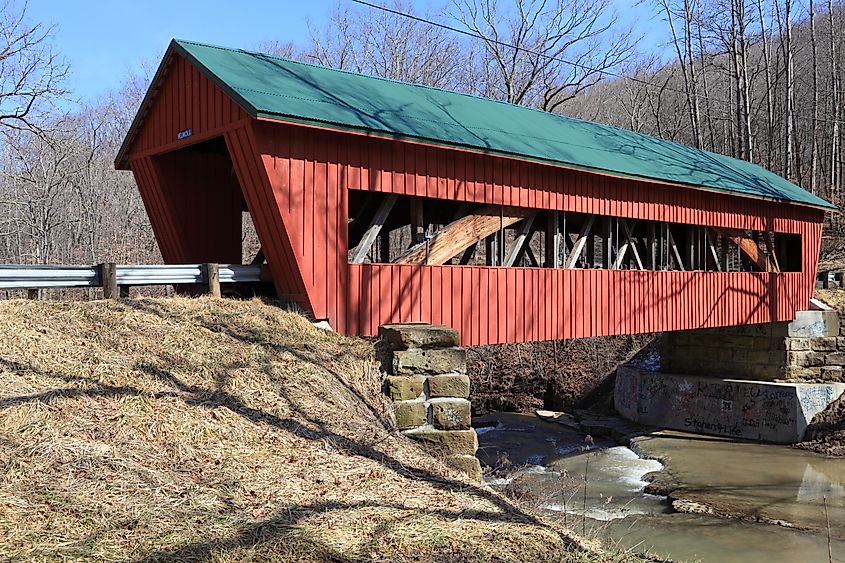
Location: Coshocton County
Built: 1863
Length: 74 feet
Architecture: Multiple kingpost truss
Constructed during the Civil War in 1863, the Helmick Mill Covered Bridge crosses Island Creek in the rolling hills of Coshocton County. Its multiple kingpost truss design is one of the simplest and oldest used in American bridge building, featuring two vertical posts connected by diagonal braces.
Originally used by farmers and mill workers, the bridge has been fully restored and is now open to pedestrian use. Its rural location, not far from the heart of Ohio’s Amish Country, offers a quiet, pastoral setting ideal for reflective walks or scenic detours.
The bridge retains its original wooden pegs and beams, offering a rare example of mid-19th century rural construction. Surrounded by woods and hills, it blends seamlessly into the surrounding landscape and feels untouched by time.
Zeller-Smith Covered Bridge
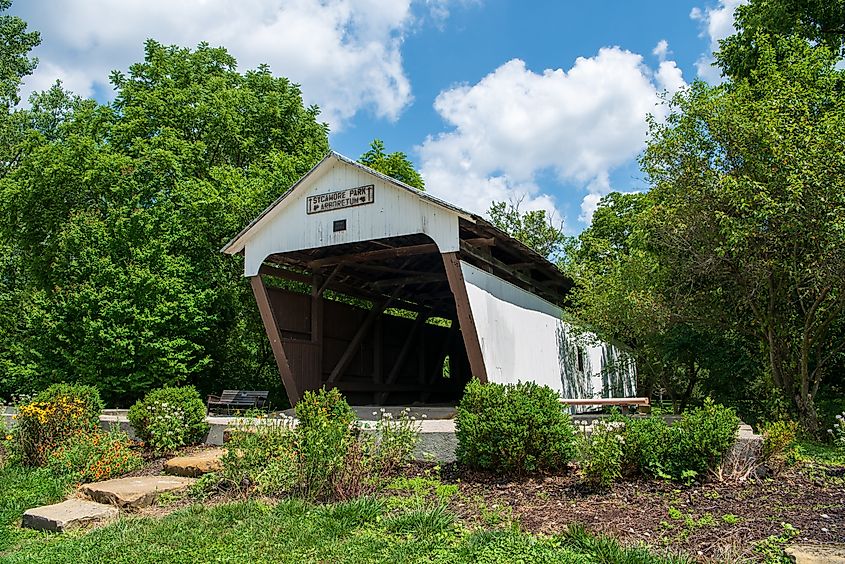
Location: Fairfield County
Built: 1906 (relocated in 1987)
Length: 42 feet
Architecture: Multiple kingpost truss
Though smaller than many of Ohio’s historic bridges, the Zeller-Smith Covered Bridge remains a charming and accessible landmark. Built in 1906 and moved to Sycamore Park in Pickerington in the 1980s, the bridge was preserved as a pedestrian feature in a public green space.
It uses a multiple kingpost truss, the same basic structure found in the much older Helmick Mill Bridge. Red-painted siding, a cedar-shingled roof, and a manicured park setting give it a fairy tale appearance that’s popular for wedding and family photography.
Easily reached from Columbus, this bridge is ideal for a casual stroll or picnic, particularly in spring when the surrounding trees begin to bloom.
Why Ohio Became a Covered Bridge Stronghold
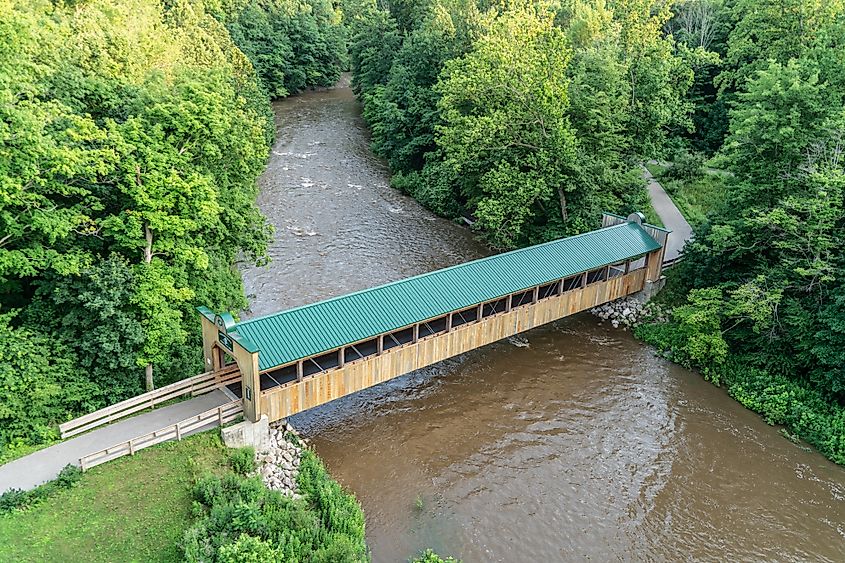
Ohio’s abundance of covered bridges is no accident. The state’s terrain, carved by rivers and streams, required hundreds of crossings during the 1800s. Timber was plentiful, and builders favored truss systems that used local wood to create strong, weather-resistant spans.
Covering the bridges served a functional purpose. Exposed wooden bridges typically decayed within a decade, but by shielding the deck and trusses from sun and rain, covered bridges could last 80 years or more. Some of Ohio’s oldest bridges still stand today thanks to this early insight in preservation.
Various truss designs evolved over time. The Town lattice, Howe, Smith, Pratt, and kingpost styles each brought different strengths to the table, and the diversity of designs across Ohio reflects the state’s innovative spirit during the golden age of wooden bridge building.
Experiencing Ohio's Covered Bridges
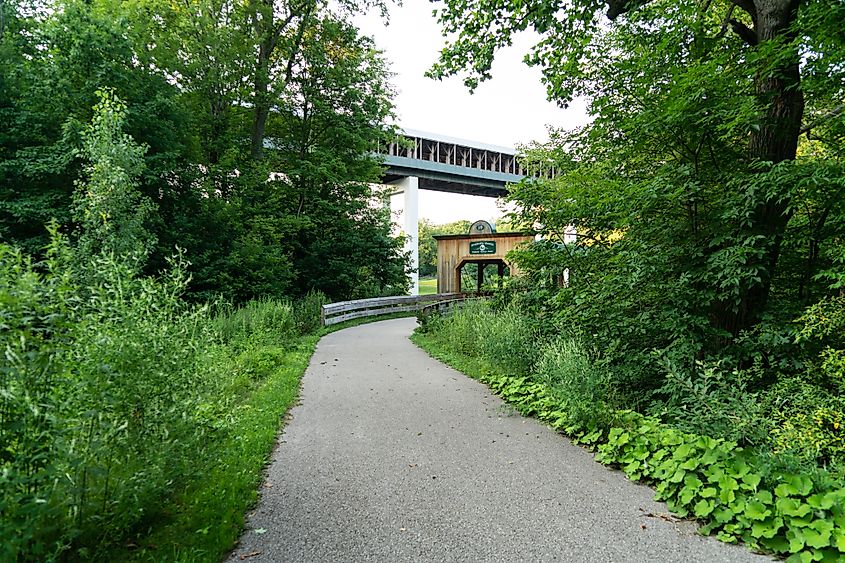
Travelers looking to explore these historic structures can plan a route through several key counties:
-
Ashtabula County: Home to 19 covered bridges and a self-guided trail with signage and parking at most sites.
-
Fairfield and Coshocton Counties: Known for their smaller but well-preserved bridges surrounded by natural beauty.
-
Knox County: Offers scenic bike trails that cross historic bridges such as the Bridge of Dreams.
Fall is the most popular season to visit, as Ohio’s forested hills provide a colorful backdrop that enhances the bridges’ visual appeal. Many are located near parks, rivers, and hiking trails, making them perfect additions to a weekend getaway.
Legacy in Wood and Water
Ohio’s covered bridges are more than quaint structures frozen in time. They represent a period of American ingenuity and resourcefulness, when communities built enduring infrastructure using local materials and hand-forged tools. These wooden bridges helped connect people, commerce, and farmland long before asphalt and steel reshaped the country’s roads.
As they stand today, framed by farmland, shaded by forest, and reflected in slow-moving rivers, these bridges offer more than photo opportunities. They provide a connection to Ohio’s past, still strong, still beautiful, and still carrying the weight of time with grace.
